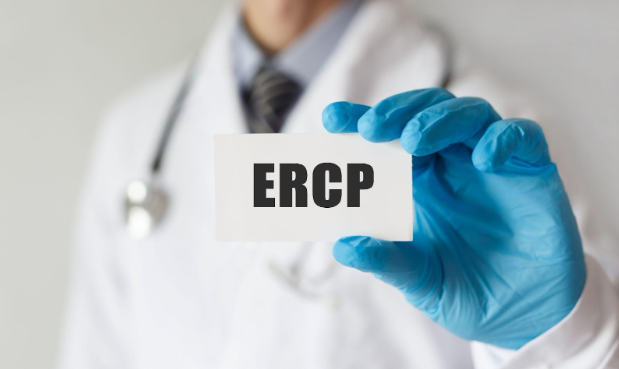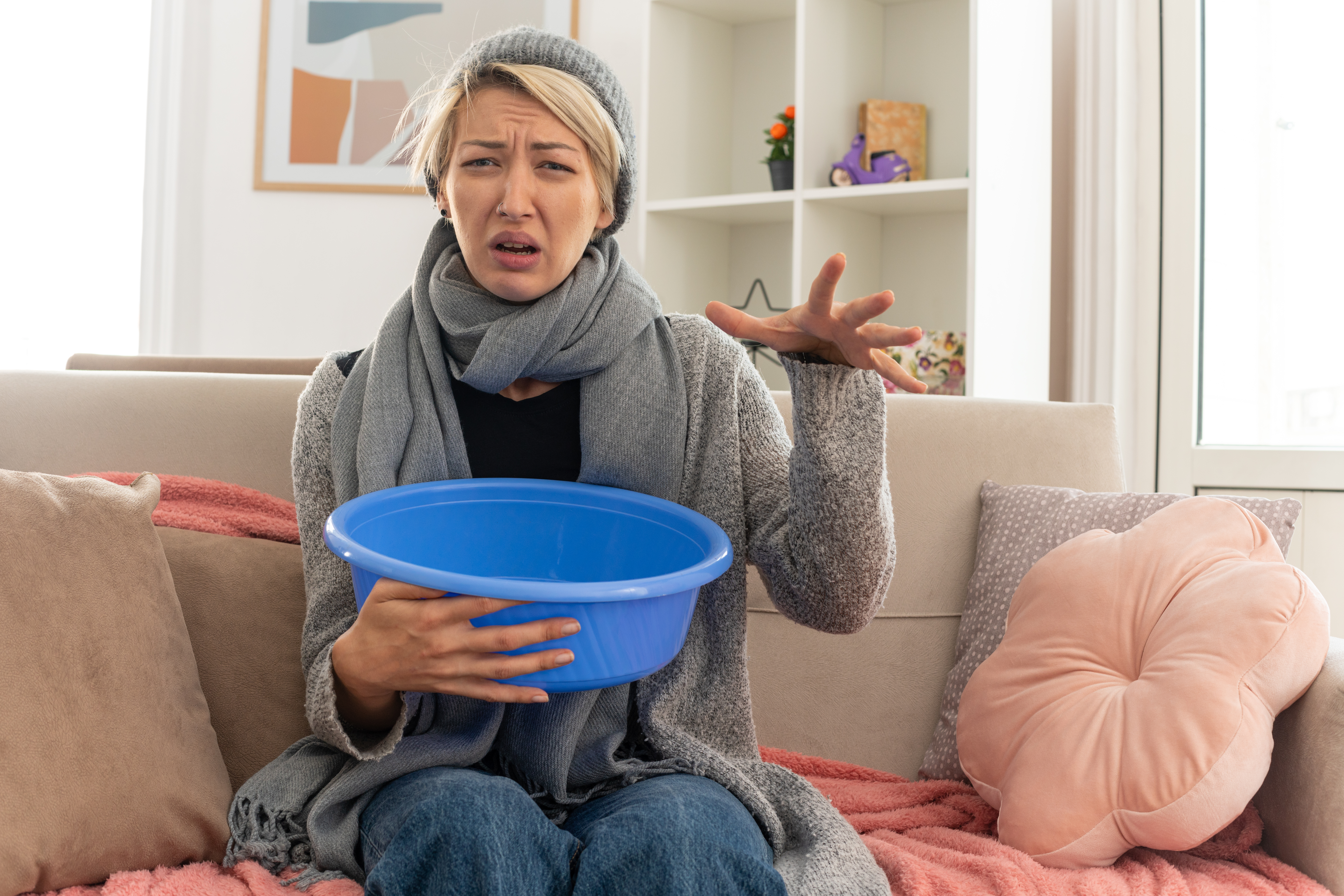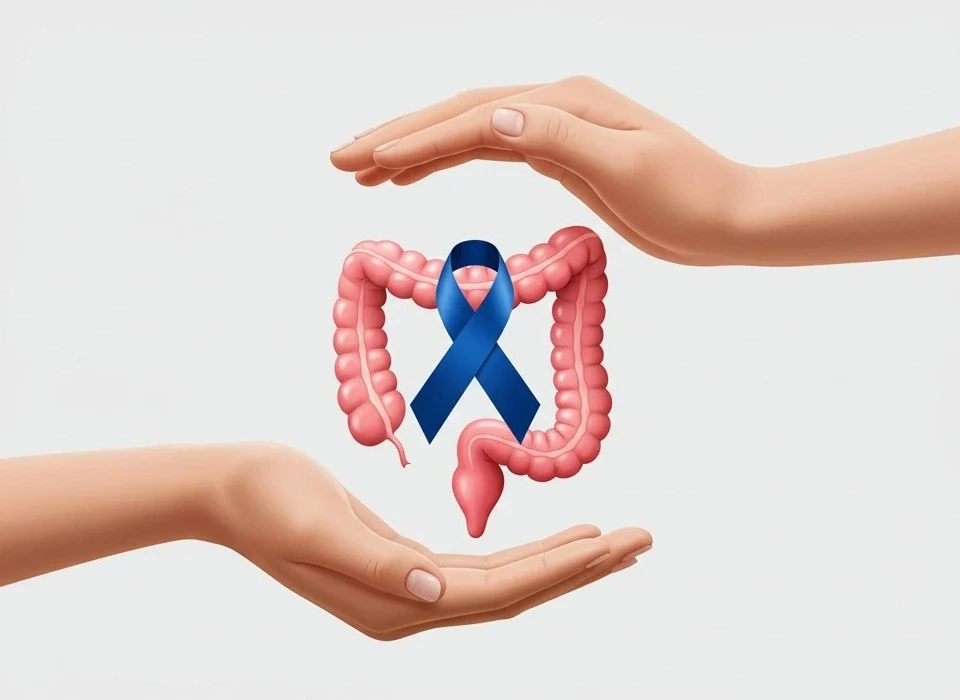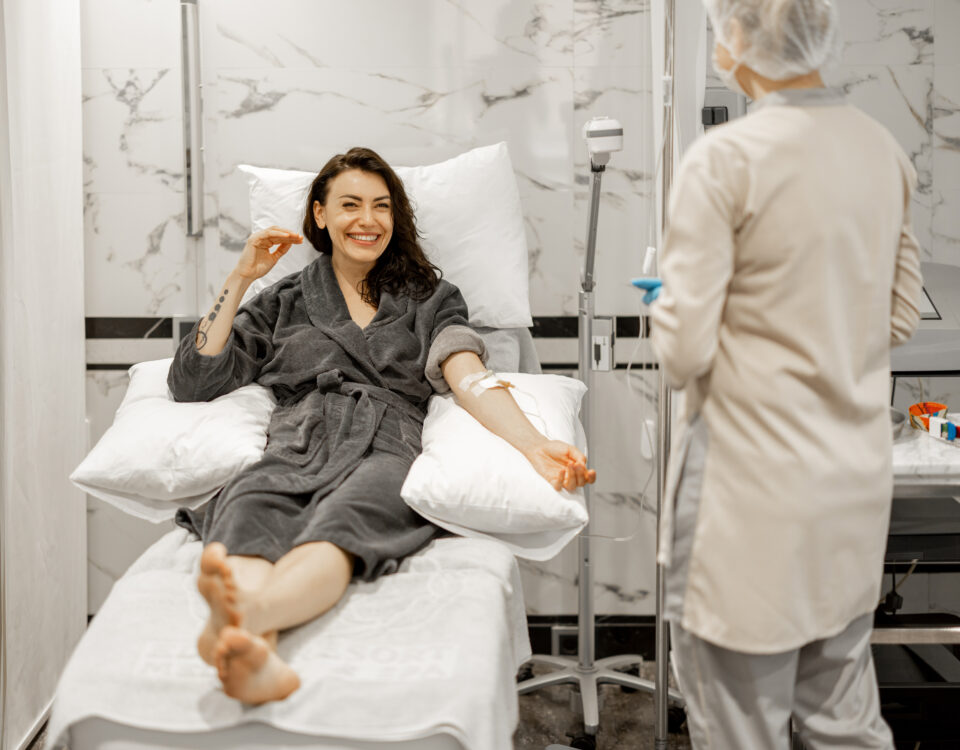
What Is ERCP?
April 22, 2025
What Is Crohn’s Disease?
April 24, 2025What is Diverticulitis?

Introduction to Diverticulitis
Diverticulitis is a serious disease of the colon. If left unmanipulated, it may cause quite severe complications with health. It develops as a complication from inflammation or infection of small pouches, called diverticula, that can occur in the walls of the colon. This condition commonly occurs in adults, and it is true that many people possess diverticula, a state known as diverticulosis, without their knowledge. Nevertheless, inflammation or infection can easily cause symptoms starting from mild tenderness to lethal conditions.
Let's learn in this article about what diverticulitis is, its causes, symptoms, risk factors, complications, and treatment options for this condition in order to discover it early for effective management.
Understanding Diverticulitis
Diverticulitis is the inflammation or infection of diverticula, small pouches that arise in the wall of the colon. Usually, the formation of diverticula occurs at weak points in the colons because pressure and blood flow may be increased. Diverticulosis, when diverticula are present, is relatively common and not necessarily symptomatic; but the inflammation of these pouches results in a much more serious condition: diverticulitis.
How Diverticula Form
Diverticula are most commonly found in the lower part of the colon, and their formation can be attributed to increased pressure within the colon. This pressure may be caused by chronic constipation, a low-fiber diet, and the aging process. Over time, weak spots in the colon wall may form small pouches. When these pouches become inflamed or infected, diverticulitis occurs.
Causes of Diverticulitis
The exact cause of diverticulitis is not always known, but several causes are believed to precipitate its development. These are:
Low Fiber Diet
A diet that has low fiber content predisposes one to constipation, as this increases pressure in the colon. This increases pressure in the colon, which may cause the formation of diverticula, hence diverticulitis.
Aging
It's also the fact that the risks of developing diverticulitis increase with age. Older persons tend to have weaker walls for the colon that can easily suffer from the formations of diverticula and thus inflammation.
Lifestyle
Sedentary, being overweight, and smoking are a few factors associated with the increase in risk in developing diverticulitis. Sedentary lifestyle, overweight, and smoking are factors leading to health complications in the intestine, such as diverticulitis.
Symptoms of Diverticulitis

Diverticulitis shows a wide variety of symptoms and can be seen in different forms. The common symptoms include the following:
Abdominal Pain
The most frequent symptom of diverticulitis is severe pain in the lower left abdomen, which may not go away but worsen gradually.
Fever and Chills
Fever is one of the most common signs of infection. When diverticulitis is caused by infection, the body reacts with a fever, and people may feel chills.
Digestive Disturbances
You may have constipation, diarrhea, or bloating. You may also have a change in stool consistency or an inability to pass gas.
Nausea and Vomiting
These symptoms usually appear when there is a blockage or irritation in the intestines, causing discomfort and digestive disruption.
Risk Factors for Diverticulitis
There are several risk factors that increase the chances of developing diverticulitis. These include:
Age
The incidence of diverticulitis increases with age. After the age of 50, the colon's walls may begin to weaken, making diverticula formation more likely.
Diet
A diet that is low in fiber and high in processed foods, fats, and red meats has been associated with a higher risk of developing diverticulitis.
Obesity
Overweight individuals are more likely to develop diverticulitis. Maintaining a healthy weight through diet and exercise can help reduce this risk.

Smoking
Smoking has been shown to increase the risk of diverticulitis. Quitting smoking can improve overall intestinal health and reduce this risk.
Complications of Diverticulitis
Diverticulitis can lead to several complications if it is left untreated. Some of these are really grave or even fatal. Complications caused include:
Abscesses
The abscess is actually a pocket of pus in the infected area.This is a pretty common complication due to a grave disease condition requiring drainage.
Peritonitis
Due to rupture, a diverticulum may also lead to the condition of peritonitis or infection of the abdominal cavity. This is a condition that has to be immediately treated by physicians.
Fistulas
Sometimes, fistulas are another complication of this condition. This is an abnormal connection between the colon and another organ, including the bladder, vagina, and skin.
Bowel Obstruction
Long-term diverticulitis may result in the formation of scar tissue or strictures within the colon, causing bowel obstructions.
Diagnosis of Diverticulitis
Several diagnostic approaches are applied by health care professionals in the diagnosis of diverticulitis. These include:
Physical Examination
Physicians examine the patient's abdomen to assess tenderness or swelling. The presence of abdominal tenderness is often a characteristic of diverticulitis, particularly on the left side.
Imaging Tests
The most common diagnostic tool for diverticulitis is a CT scan. This imaging test can give a detailed view of the colon and detect areas of inflammation or infection.
Blood Tests
Blood tests may be done to check for signs of infection, such as an elevated white blood cell count. A high white blood cell count often indicates inflammation or infection.
Treatment for Diverticulitis
Treatment for diverticulitis depends on the severity of the condition. It can range from dietary changes to surgical intervention.
Mild Cases
For mild cases, doctors may recommend oral antibiotics to treat the infection and a liquid diet to allow the colon to heal. Pain relievers and anti-inflammatory medications may also be prescribed to manage discomfort.
Severe Cases
Severe forms require hospitalization. IV antibiotics are administered to treat the infection, and an abscess can be drained. In some instances, surgery might be required to remove the section of the colon.



